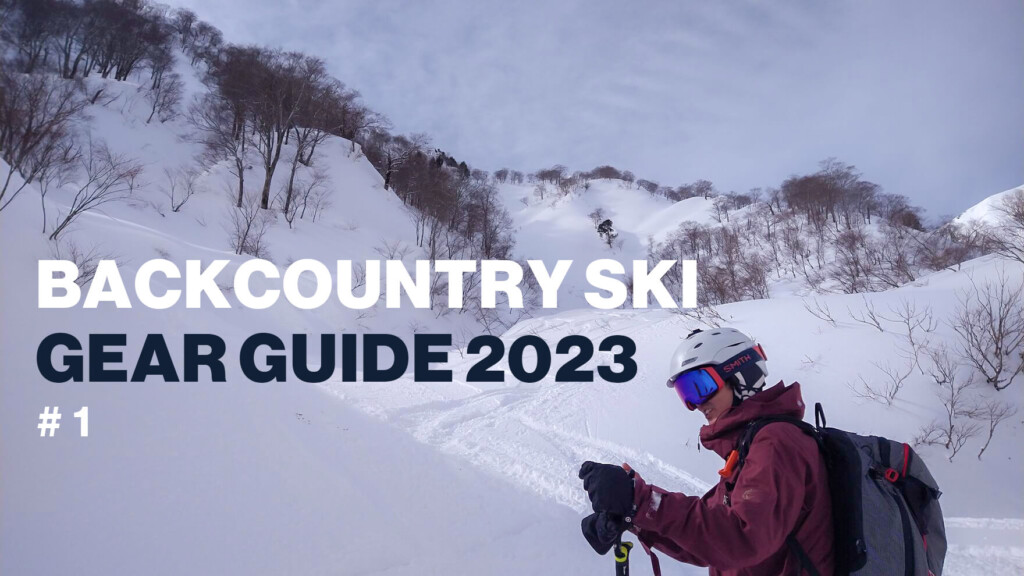
We'll be revealing the list of regular equipment this season in backcountry skiing Part 1 [To avoid being called reckless]
Backcountry skiing (BC), which involves climbing untouched snowy mountains and skiing down a completely powdered slope by skiing or snowboarding, is a high-level activity that requires both snowy mountain climbing and skiing skills. That's why the excitement of encountering a spectacular view that is hard to see in everyday life, and the sense of accomplishment when you are able to skate down the lines you want is extraordinarily, and I feel like I'm a waste of time living in the perfect environment of Japan, which can be called BC heaven, and not skiing backcountry.
This time, I, who is possessed by backcountry skiing (slightly climbing winter mountains, skiing) will be sharing the list of regular equipment I actually carry this season (conditions for "day backcountry in Honshu in January-February"). This is the first update in two years since the last time
Of course, this includes mostly choices based on personal preferences and personal experience, so there may be some parts that deviate from the basics. Of course, it may change in the next season. I have added some additional information about this, so I hope you will read it for reference while taking that into consideration. I would appreciate it if you could also tell me if there are better options.
table of contents
- Selection criteria
- List of regular equipment for the 2023 season and comments (wear and wear)
- Underwear: MILLET Drynamic Mesh
- Base Layer (Top): Black Diamond Solution 150 Merino Base Layer Crew (Other Merino Wool and Synthetic Fiber Blend Base Layer)
- Base layer (bottoms): MILLET Waffle Wool Tights
- Intermediate (tops): Patagonia NanoAir Light Hybrid Hoodie
- Middle (bottoms): mont-bell UL Thermallap Knee Long Pants
- Hard shell (tops & bottoms): Teton Bros. TB Jacket / Teton Bros. TB Pant
- Socks: YAMAtune Merino Ski Socks Freeride Pile
- Snow Glove: Black Diamond Solano / HESTRA 3-Finger Full Leather Short
- Balaclava: Fine Track Merino Spin Balaclava
- Goggles: SMITH 4D MAG
- Helmet: SMITH Vantage
- Cold protection wear: Patagonia Nano Puff Jacket
- Summary: Continuing to Part 2 (Snow Gear & Mountaineering Gear)
Selection criteria
When choosing tools, I was particularly conscious of the following three points, in order of high:
- Even in snowy mountains, you will enter valleys and streams that are difficult to escape and are dangerous to avalanches, so it is only natural that you will be more careful than usual.
- Lighter than that... It's important not to waste unnecessary physical strength and be able to exert mobility in the unlikely event
- More powder... My skiing skills and experience are more important than climbing a crisp slope, powdered, steep slope support.
As expected, we enter dangerous areas during the most dangerous seasons of January and February, so preparing for avalanches and disasters is paramount. Do your best to solve the risks with money, and spend your spare time on the "easy" part.
List of regular equipment for the 2023 season and comments (wear and wear)
Underwear: MILLET Drynamic Mesh
In order to support the sweat-processing ability of the base layer and also reduce the coldness that feels on the scalp, Millet Drynamic Mesh has been a must-have for the past few years under the base layer during the harsh winter months, under the base layer, and on layers that come into contact with the skin directly. It depends on the weather, but the basic idea was to have a sleeveless (comfortable to wear) so it was calm.
Base Layer (Top): Black Diamond Solution 150 Merino Base Layer Crew (Other Merino Wool and Synthetic Fiber Blend Base Layer)
As for the type and model of the base layer, as long as it is based on merino wool material, you don't need to be so strict about it, but personally my favorite of the last few years is the model that is a highly blend of "merino wool x synthetic fiber."
In addition, during the high season from January to February, base layers with balaclava hoods, such as Patagonia Caprien Air, will warm your neck.
Base layer (bottoms): MILLET Waffle Wool Tights
In particular, when using the base layer of the lower body, not only is it important to keep the merino wool warm and comfortable to wear, but it also makes it easy to move around and not easily stuffy. These new tights, which are now available this season, have excellent breathability in addition to the moderate elasticity of waffle wool, giving them a high fit that you wouldn't have experienced with previous merino wool products, allowing you to wear them comfortably even on long periods of ups and downs.
Intermediate (tops): Patagonia NanoAir Light Hybrid Hoodie
The latest middle layer, released early in 2023, is a model that maps Patagonia's advanced active insulation "Full Range" and the knit fleece of "R1 Air", which is also a high-tech fleece, into the right place. The shoulders, arms and body are moderately warm, while the back and armpits are loosened well. I've now pinpointed the "just right balance" of heat retention and sweat spreading, which I've been craving. This allows you to keep wearing it comfortably without taking off your clothes, whether you're hiking or skiing.
Of course, as before, Polartech Alpha Direct materials remain easy to use.
Middle (bottoms): mont-bell UL Thermallap Knee Long Pants
The base layer alone doesn't really make you feel warm, so I'd like to have a middle-sized piece of clothing that adds some kind of warmth to your lower body. However, in the case of backcountry, ski boots are large, so even if they are padded, it's a 3/4 length instead of long pants. Montbell's unique lightweight, stretch padding, Excelloft®, is actually very excellent and easy to use, making it perfect for wearing invisible areas like these. Another nice thing is that it has a front zipper.
Hard shell (tops & bottoms): Teton Bros. TB Jacket / Teton Bros. TB Pant
Having discovered this hard shell, I no longer have to worry about last season and this year. After actually using the waterproof and breathable fabric "Täsmä", which was developed in collaboration with Toray, I realized its high performance, just as its advertising claims. The supple and stretchy fabric is extremely comfortable to wear. It also combines high waterproofness and water repellency with sweat removal, making it not too hot or too cold. By the way, this year, the reputation among the surrounding members has spread, and the Teton brothers are literally growing.
Of course, I love the bibs in bottoms too. The material is stress-free and the design is stunning even during movement, and it has all the necessary elements, such as ventilation and reinforcement of the hem, and the abdomen is gentle and warm, making the pockets convenient. If I had to say so, it is weak to tearing the fabric compared to the thicker GORE-TEX Pro, so be careful not to snag clamps or pickles.
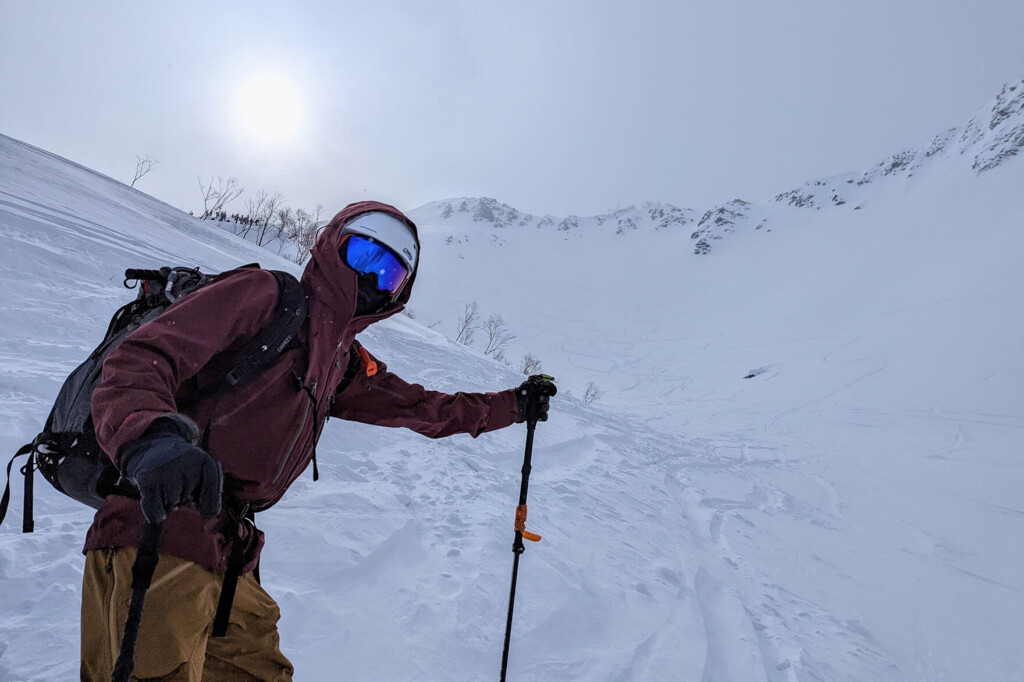
Socks: YAMAtune Merino Ski Socks Freeride Pile
As for ski socks, longer lengths are preferred, and since it's outdoors during the harsh winter, I think a model with a merino wool base and a certain thickness would be a good candidate. These socks were first released this season, and they were originally my favorite brand for summer socks, so I ate them without hesitation, and they were as easy to use as I expected. Basically, YAMAtune socks are attractive for their high support (compression) and fit (resistant to slipping). The necessary parts such as the shins, toes, and heels are reinforced with pile fabric, making them stable and durable, making them very satisfying. It seems that edging skis puts a much stronger load than I imagined, and when I wore a two-finger model, I didn't feel like it would bite a little between my fingers, so personally I prefer the round tip type. By the way, before I settled here, smartwool merino wool ski socks were the best. This is also highly recommended.
Snow Glove: Black Diamond Solano / HESTRA 3-Finger Full Leather Short
BD electric gloves are extremely comfortable when you have a budget, but as expected, they have a strong personality, so when it comes to favorites that can be recommended to everyone, he is the world's best. The ultimate wear is obvious to those who wear it. It also has a natural grip that makes you think it's like a five-finger gloves, and yet it also has a high heat retention that only three fingers can offer. A hybrid of high-quality cowhide and goat leather that combines durability and flexibility. I have a preference for the length and shape of the wrist, but my current favorite is the short cuff (and light and compact) that fits firmly and covers a hard shell. However, it is not a GORE-TEX model so it is not completely waterproof. In situations where the temperature is high and water is likely to seep in, it is also a good idea to consider another option. *In any case, we recommend that you always carry a spare gloves in case they get wet and get cold.
Balaclava: Fine Track Merino Spin Balaclava
Balaclava is essential for ridges where cold wind blows, and while heat retention and stuffiness are essential as a prerequisite, it is surprisingly important to have a mouth that is designed to be worn for a long time. If the mouth is completely covered, the area around the mouth will become wet due to exhalation or other factors. Also, when it comes to backcountry skiing, you should avoid making it too thick, considering it goes well with a helmet. All of these are well-made by this fine track Merino Spin Balaclava . It can also be worn as a neck warmer and is easy to adjust for temperatures, so this is the easiest to use anyway.
Goggles: SMITH 4D MAG
The SMITH 4D MAG which is in its third season , is still his current starting goggles. I had been looking for a model that would have less distortion, a high contrast lens, and a wider field of vision, especially in terms of comfort, and I had been waiting for this cutting-edge snow goggle to come.
This model was of course at a high level in the above points, but in addition to that, the underside of the eye is curved, making it a high-level, well-balanced goggles that incorporate a characteristic feature of wider vision, which is the advantage of spherical lenses. Two highly visible chroma pop lenses are included as standard, allowing you to clearly capture the contours of the snow surface in a wide range of environments, from sunny to cloudy. It is a very easy magnetic system to put on and take off, and is not easily fogged and has an ASIA fit, no matter what.
Helmet: SMITH Vantage
Of course, I'm curious about whether helmets fit the shape of your head and the design, but from experience I feel that the fit of the goggles and the ease of fogging (breathability) have a huge impact. The goggles tend to get fogged with poor ventilation, and sometimes the helmet pushed the goggles down and my nose was suffocating. So after trying out a lot of things, I came to the conclusion that it would be convenient to pair the goggles and helmets with the same brand.
In addition to safety, Smith's Vantage has successfully solved all of his previous problems with its high fit with the Boa system and the high ventilation thanks to SMITH's unique ventilation system, AirEvac structure. I wish the rest would be a little lighter and more compact, but I'd be craving too much.
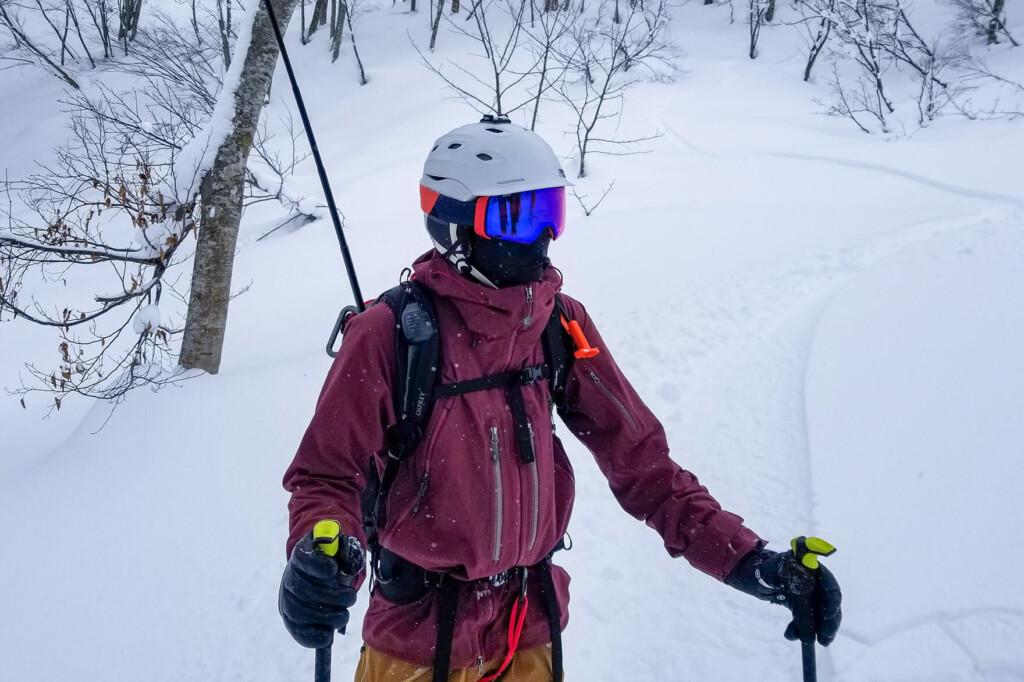
Cold protection wear: Patagonia Nano Puff Jacket
The regular spare winter clothing is Patagonia's classic insulation, which can be said to be "around the entire time." Of course, there are even more high-performance models. However, to be honest, when it comes to BC on a day trip, I have almost never had the experience of wearing new spare winter clothing, as I have taken great care with regular layering, and in that sense, my current decision is to prioritize the minimum necessary heat retention and compactness above all, so I'm grateful for this guy who can put it at the bottom of my backpack without worry.
However, the high heat retention and lightness of the padded Primaloft Gold is sure to have a high level of heat retention, so it is probably reliable as a winter wear.
Summary: Continuing to Part 2 (Snow Gear & Mountaineering Gear)
That's the 2023 (first half) backcountry ski equipment list. Next time, the second half will finally be talking about tools such as backpacks, skiing and mountain climbing gear. I hope this will be of some help to those who want to start a backcountry game but don't know which ones and how much they should get.


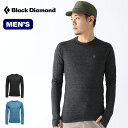

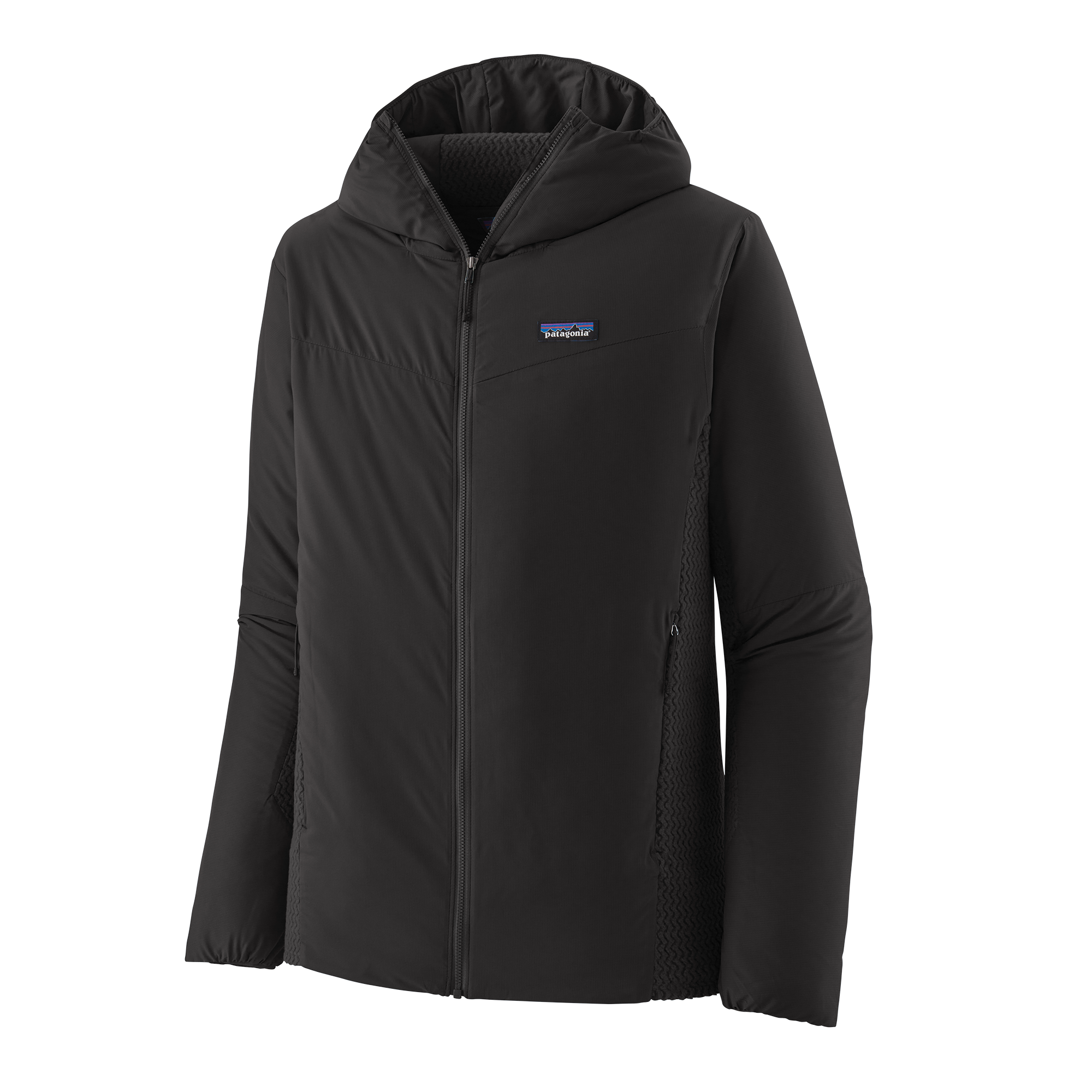
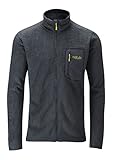
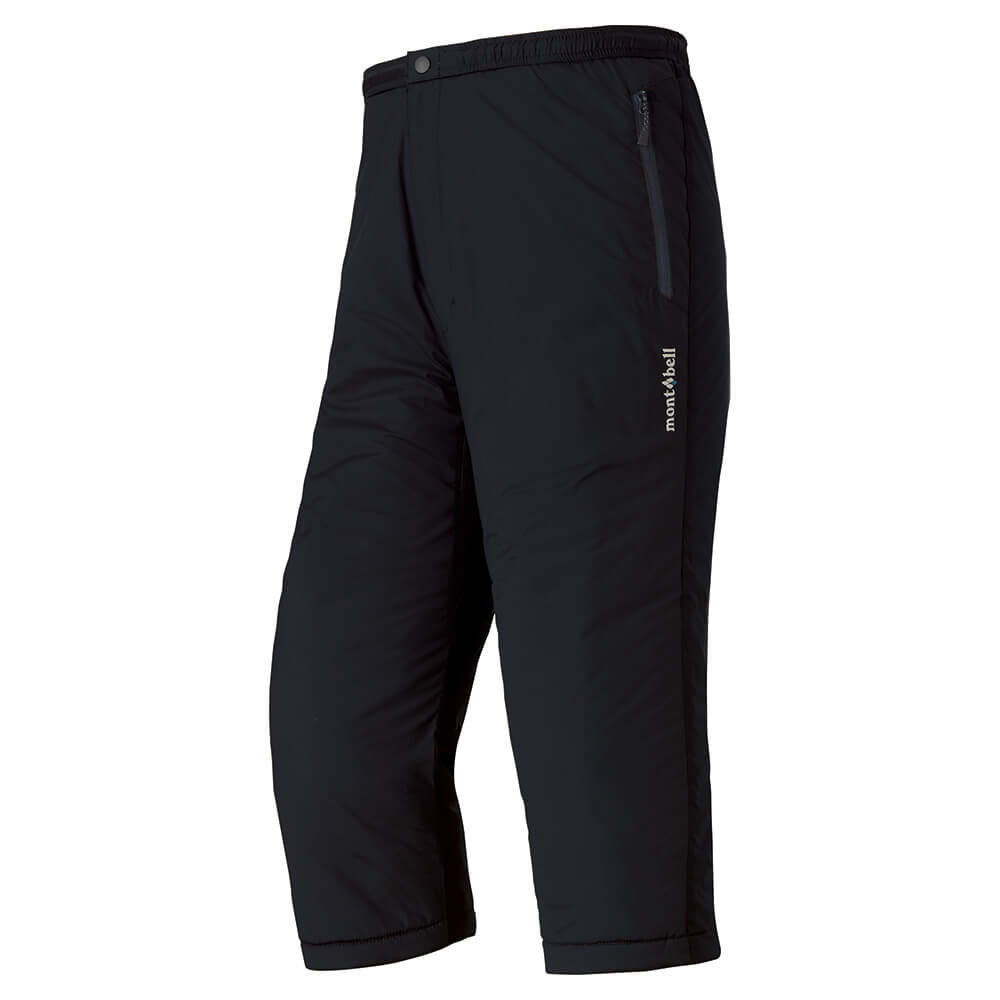


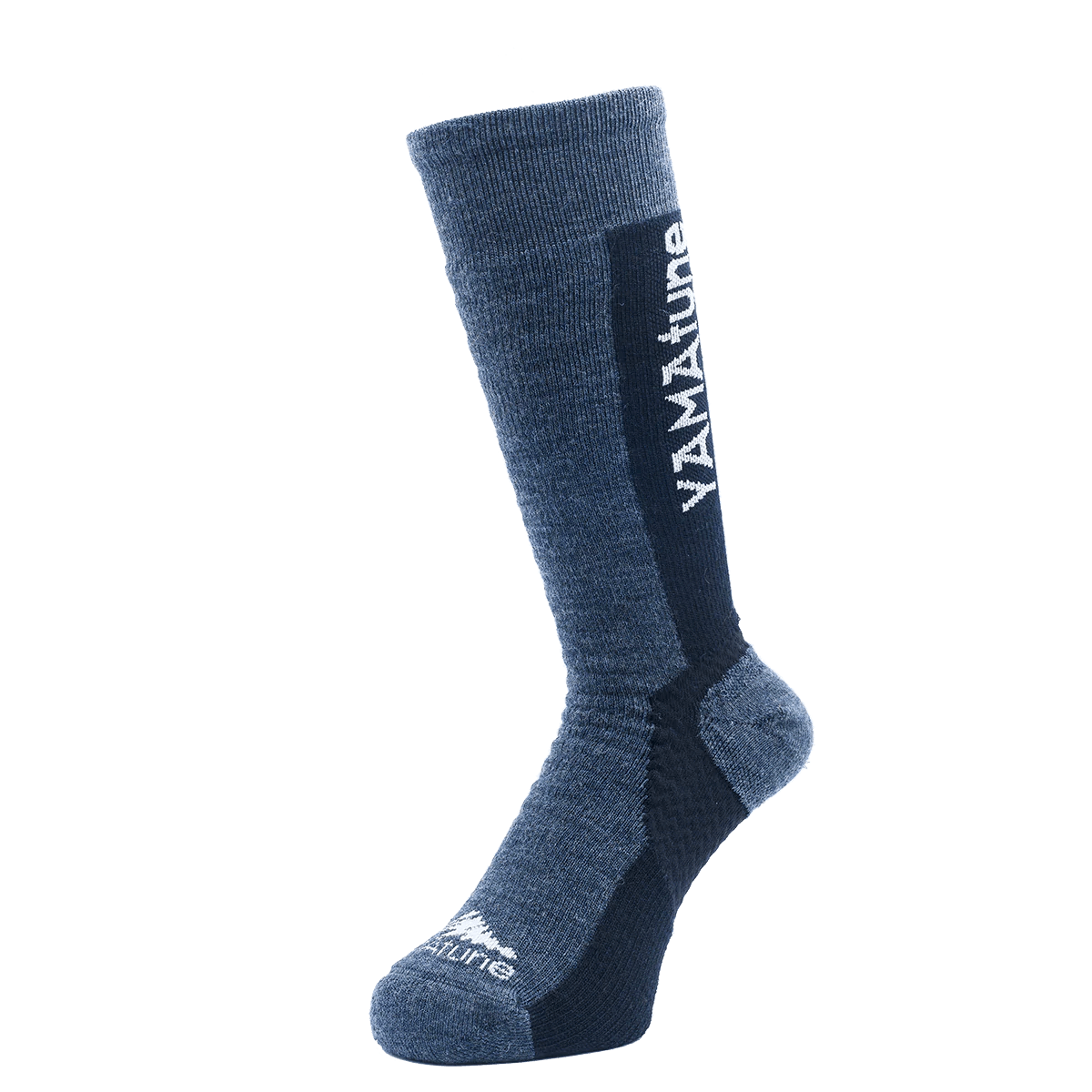




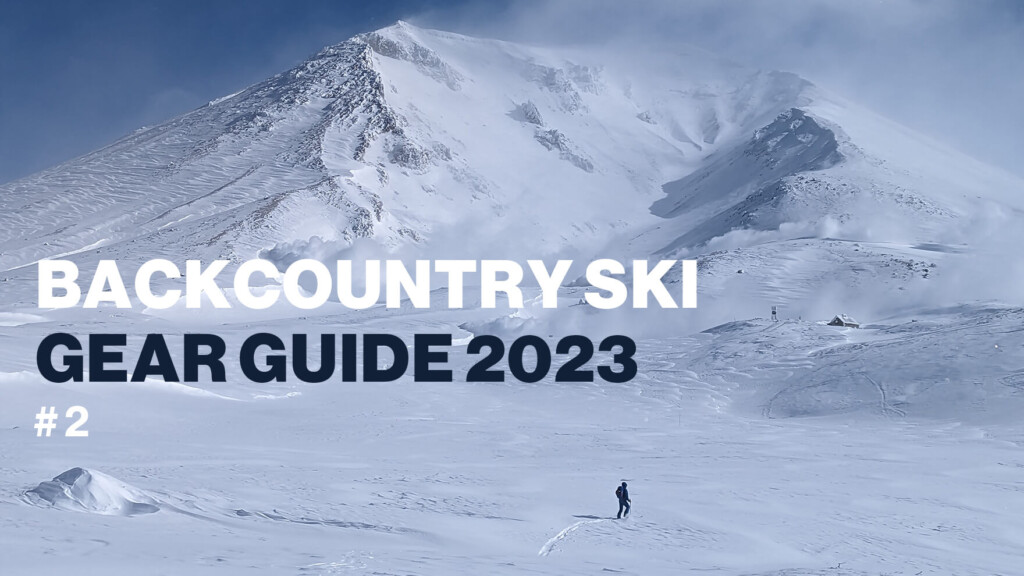 We'll be revealing the list of regular equipment this season in backcountry skiing Part 2 [To avoid being called reckless]
We'll be revealing the list of regular equipment this season in backcountry skiing Part 2 [To avoid being called reckless]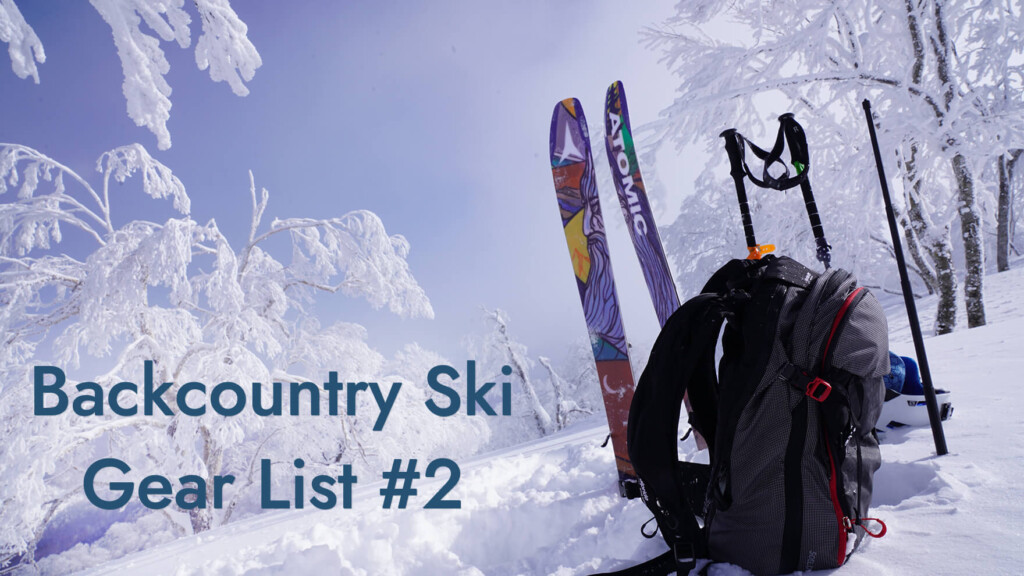 We'll be revealing the equipment list for the backcountry skis I've been using this season [Part 2]
We'll be revealing the equipment list for the backcountry skis I've been using this season [Part 2]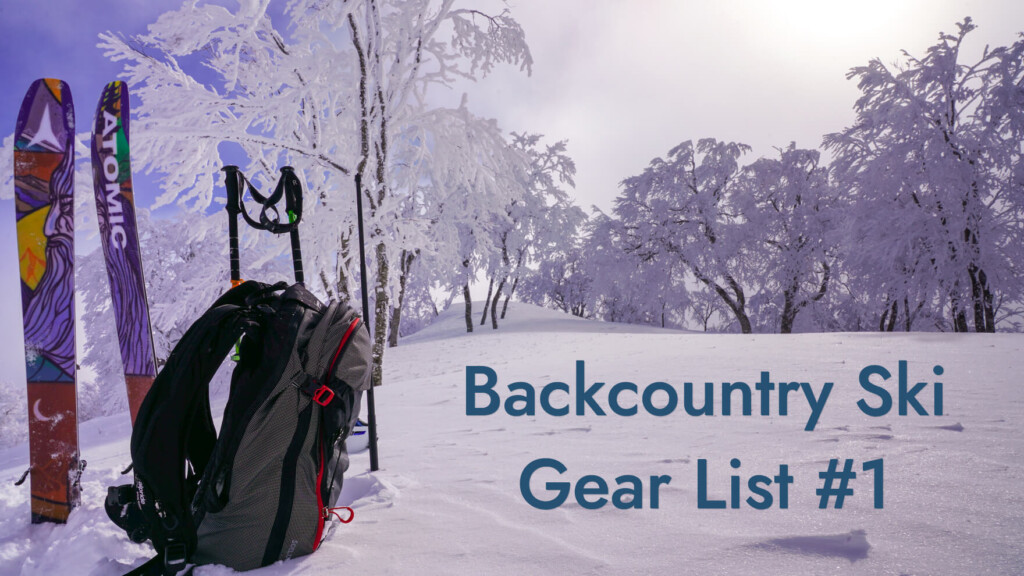 We'll reveal the equipment list for the backcountry skis I've been using this season [Part 1]
We'll reveal the equipment list for the backcountry skis I've been using this season [Part 1]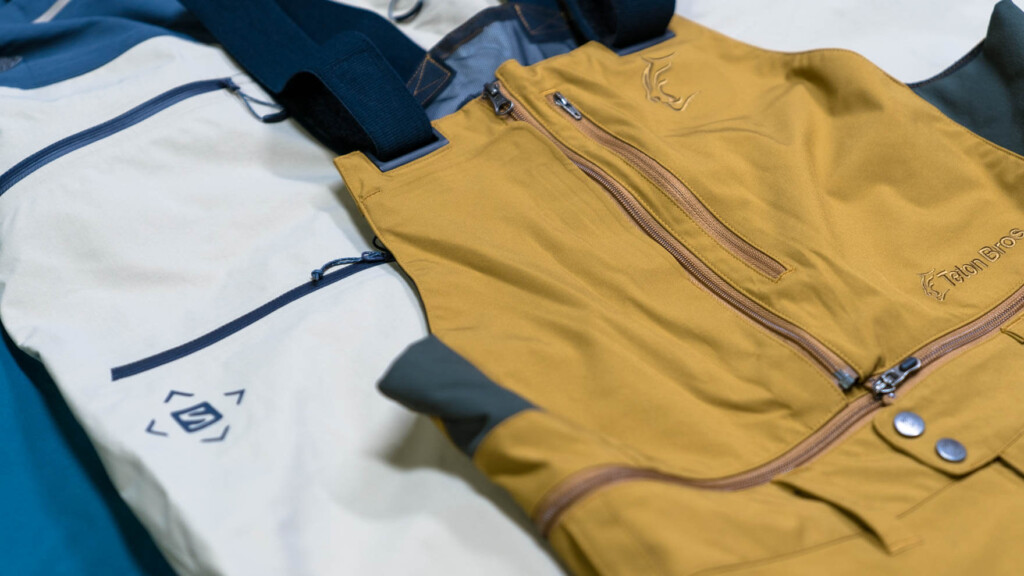 Snowbibs I Want This Year 2021-2022 - 5 Reasons Why Snowbibs Are Recommended for Backcountry and How to Choose Smartly -
Snowbibs I Want This Year 2021-2022 - 5 Reasons Why Snowbibs Are Recommended for Backcountry and How to Choose Smartly -